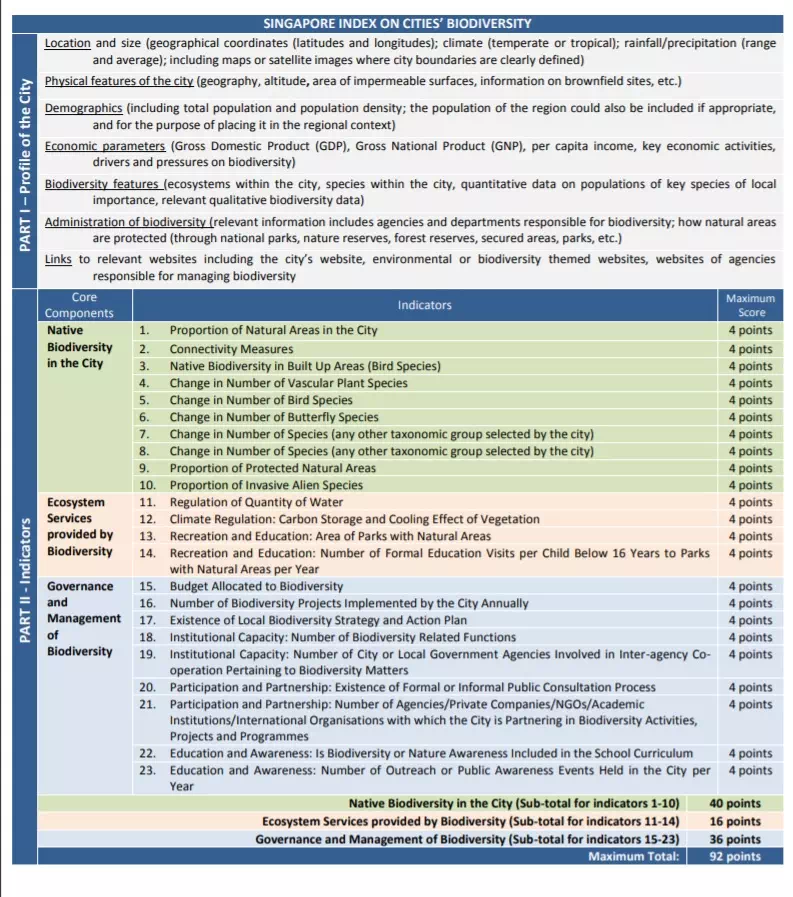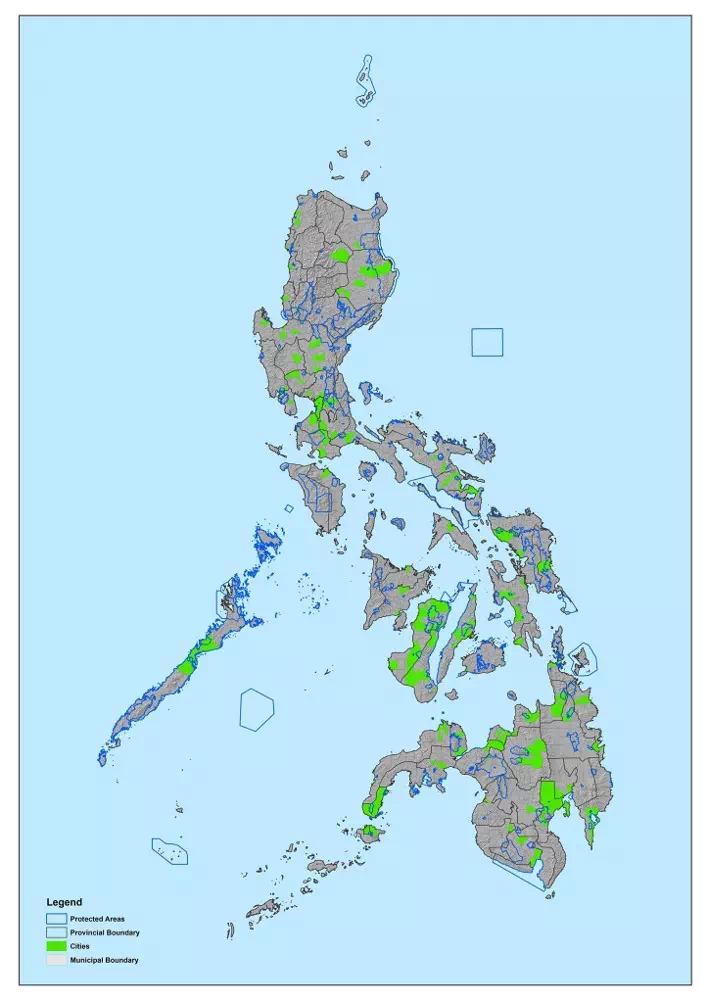What is Urban Biodiversity?
Urban Biodiversity is the variety and richness of living organisms including genetic variation and habitat diversity found in and on the edge of human settlements. At the landscape and habitat level, it may include the following but not limited to Urban Parks, Street Trees, and Green Roofs/Vertical Gardens/Green Buildings.
Why does it matter?
Urban Biodiversity provides ecosystem services to be readily available for us city dwellers! These ecosystem services include the following but not limited to Health and Well-Being, Temperature and Climate Change, Air Quality, Flooding and Water Quality, and Wildlife and Habitats.
The Urban Biodiversity Program of BMB
The implementation of this program is in line with the target of the Philippine Biodiversity Strategy Action Plan 2015-2018 (PBSAP); that by 2028, there will be a 5% increase in the proportion of terrestrial natural areas in the 5 largest cities; and that by 2028, as result of improved conservation, ecosystem services provided by key biodiversity areas will be enhanced.
The DENR-BMB has already conducted the following activities under the Urban Biodiversity Program.
- BMB released a Technical Bulletin prescribing the Procedures for the Assessment of Biodiversity (BMB TB 2018-02) to guide DENR Offices in assisting LGUs in assessing biodiversity in built-up areas
- The BMB also spearhead the Roundtable Discussions (RTD) on Mainstreaming Biodiversity in Urban Setting, Health, Energy and Infrastructure Sectors from 2018-2020.
- BMB, together with PLA, PIEP, and FFP, is currently developing standards and guidelines for the promotion of green infrastructure and implementation of Urban Forest Bathing Project in selected parks in Metro Manila and Selected Protected Areas.
- BMB collaborated with Department of Budget and Management (DBM) in the drafting of DBM Circular-2019 providing the standards in assisting cities for the development of public open spaces and public park.
City Biodiversity Index (CBI)
The use of Cities’ Biodiversity Index (CBI), also known as the Singapore Index on Cities’ Biodiversity or the Singapore Index (SI), is being encouraged for evaluation of biodiversity conservation progress of LGUs. Per Convention on Biological Diversity, CBI is a self-assessment tool for cities which comprises the “Profile of the City”, which provides the city’s background information and the 23 indicators as shown below which measure the native biodiversity, ecosystem services provided by biodiversity, and governance and management of biodiversity.

CBI is a dynamic tool and needs a long-term application by cities to closely monitor progress in conserving biodiversity. Cities that have applied the Singapore Index have found that: a) the process facilitated capacity-building in biodiversity conservation, b) the indicators also function as biodiversity conservation guidelines, and c) the quantitative scoring could assist in setting priorities for conservation actions and budget allocation.
PROTECTED AREAS AND CITIES
To date, there are a total of 146 cities in the Philippines, 33 of which are categorized as Highly urbanized cities, 5 are Highly urbanized cities and 108 are Component cities.
Highly within Metro Manila are considered highly urbanized. Highly urbanized cities are those with a minimum population of (200,000 inhabitants, as certified by the National Statistics Office, and with the latest annual income of at least P50,000,000.00 based on 1991 constant prices, as certified by the city treasurer per Section 452 of Republic Act 7160). Independent Component Cities are cities whose charters prohibit their voters from voting for provincial elective officials. Independent component cities shall be independent of the province. Cities include Dagupan City, Ormoc City, Santiago City, Naga City, and Cotabato City. Lasltly, Component Cities are cities which do not meet the above requirements shall be considered component cities of the province in which they are geographically located. If a component city is located within the boundaries of 2 or more provinces, such city shall be considered a component of the province of which it used to be a municipality. Examples of component cities are Laoag City, Tuguegarao City, Tarlac City, Batangas City, Legazpi City, and Roxas City.
The map shows that out of the total 146 cities, 108 have protected areas (PAs) and linking it with PAs, out of the total 244 PAs, 71 are located in cities.

The assessment of the existing biodiversity status within the urban areas, formulation and implementation of urban biodiversity management plan, and the development of Urban Biodiversity Index will be the bases for formulation of policies for possible integration in the Comprehensive Land Use Plans, Zoning Ordinance, and other plans in the management of the city’s biodiversity and updated actions for the succeeding plans.

